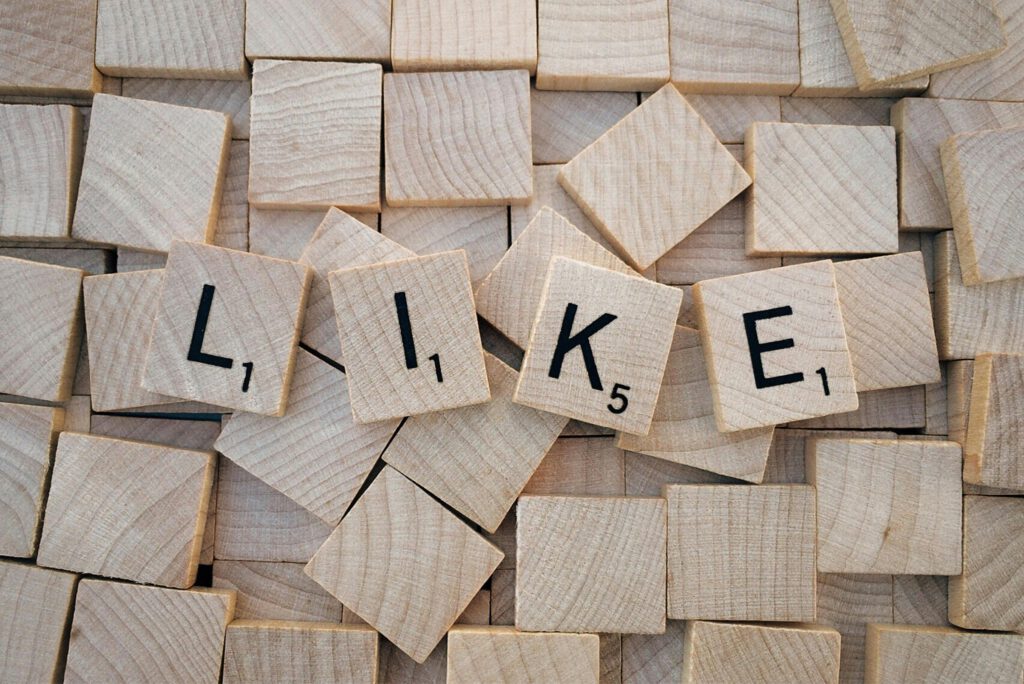Brand Building, Communication & Experience
The roots of today’s social media landscape go back to the late 1990s — with platforms like SixDegrees (1997), one of the first attempts to connect people online, as well as LiveJournal and Friendster (2002/2003). In the mid-2000s, giants such as MySpace, Facebook (2004), YouTube (2005), and Twitter (2006) emerged. These platforms paved the way for widespread, rapid communication, content sharing, and eventually the rise of influencer cultures.
A Brand’s Perspective on Social Media
For many years, social media has served as a strategic tool to make brands visible, expand networks, and position both organizations and individuals.
My guiding principle: “Better safe than sorry.”
Authenticity is the most valuable currency for me. Brands — whether personal or corporate — thrive on credibility. Without transparency and clear communication, every brand loses its foundation.
Benefits of Social Media Communication for Companies
Communication through social media offers companies a variety of strategic advantages:
- Brands can reach their target groups directly and without intermediaries, tailor content precisely to interests, and respond to feedback in real time.
- Through targeted storytelling and visual branding, companies can evoke emotions, strengthen customer loyalty, and cement brand perception over the long term.
- Social media platforms also enable precise audience analysis, allowing data-driven optimization of campaigns and efficient budget use.
- Companies benefit not only from greater reach but also from active dialogue that builds trust and makes the brand appear authentic and approachable. In this way, social media becomes a catalyst for brand development, customer loyalty, and business growth.
Influencers as a Professional Branch — But Not Without Risks
Over recent decades, influencers have evolved into a distinct occupational group — co-creating trends and effectively promoting products. But “greed meets false representations” — influencers aren’t always honest:
- Italy: The “Pandorogate” scandal involving Chiara Ferragni. She was criticized for selling pandoro cakes supposedly for charity, but no donations were made. A legal case for “aggravated fraud” is scheduled as of January 2025.
- Australia: Belle Gibson claimed to have overcome multiple cancers and raised funds, but the story was fabricated. In 2017, she was fined — a penalty that remained unpaid through 2025.
- USA: Jebara Igbara, aka “Jay Mazini,” swindled millions via his Instagram persona—he was sentenced in April 2024 to 84 months in prison.
- USA, finance: A social media finance influencer confessed guilt in June 2025 in a multi-million dollar Ponzi scheme case.
- USA, Texas: A settlement was reached with influencer Brittany Dawn Davis for misleading fitness-plan promotions that were never delivered.
- Health: The FTC warned several influencers and organizations in November 2023 over inadequate disclosure of health-related promotions.
- South Africa: Cyan Boujee (Honour Zuma) faced a massive backlash in August 2025 after promoting a dubious Russian job offer — revealed later as exploitative.
- Influencer Janelle Rohner came under criticism in June 2025 for preparing her weight loss journey without disclosing that she used medication assistance (GLP-1).
These examples demonstrate that not every influencer follows ethical or legal standards. Authenticity is the most precious good — and also fragile.
My Building Blocks and Worksites
They say, “The cobbler’s children have no shoes.” And somehow, that fits me quite well. Even though I work professionally with communication, strategy, and content, my own online presence is more of a patchwork — small construction sites that I tend to every now and then.
I’m active on various platforms across the web. Each of them shows a different side of me — sometimes creative, sometimes professional, sometimes just driven by curiosity. If you want to know where I can be found, a quick search for my name will usually do the trick.
Making a fixed list wouldn’t make much sense anyway. Not every platform stays active, and some places online are meant for specific topics or smaller, more focused communities. And that’s perfectly fine.
Because even a quiet, rarely used channel can be interesting — as a field of observation, as an experiment, or simply as part of one’s own digital journey. You don’t always have to be loud to stay connected.
For me, social media is not just communication—it is a strategic instrument for brand building, customer loyalty, and network maintenance. My experience building channels—both for companies like the ALSO Group and for my personal brand—shows that digital media success is only sustainable when based on authenticity, transparency, and a clear brand strategy.

